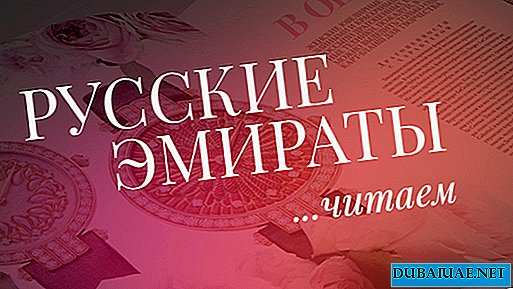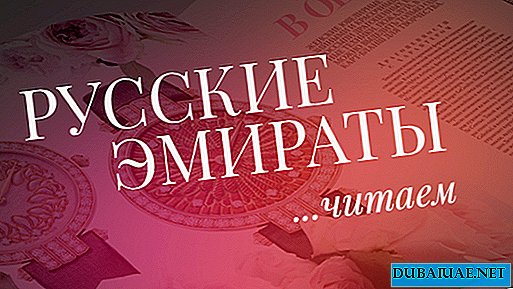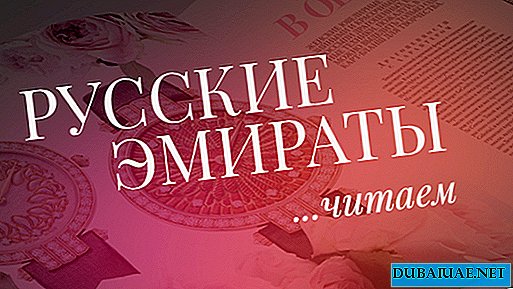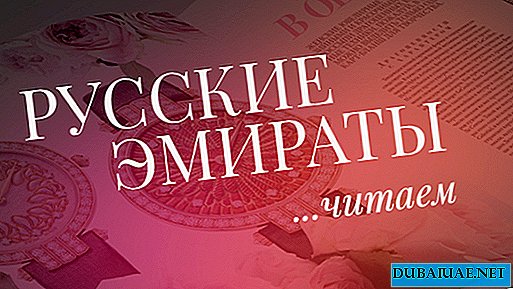 Text: Katerina Baginskaya, art expert, founder of the Baginskaya Gallery & Studio
Text: Katerina Baginskaya, art expert, founder of the Baginskaya Gallery & Studio IN THE MIDDLE EAST, WE ARE EVERYWHERE SURROUNDED BY ISLAMIC ART WITH ITS GEOMETRIC MOTIVES, LACE ARABESCES AND ART CALLIGRAPHY. WE DO NOT SURPRISE THE LACK OF PEOPLE AND ANIMALS IN ORNAMENTS, WE KNOW THAT IT IS UNACCEPTABLE IN ISLAM. IS IT REALLY SO?
At the beginning of the new religion, at the beginning of the 7th century, the influence of Byzantine and Sassanian cultures was still felt, which is not surprising, because masters are used to referring to a certain plot, in which there were also images of people. In Islam, it is believed that only God can create living beings, and God is called the Creator and Creator. These definitions are also suitable for artists and sculptors, which can be regarded as identifying them with God. Although there is no direct ban in the Qur'an, due to fear of idolatry, Islamic religious figures have banned the use of images of people and animals for decorative purposes.
In addition, there is a legend: on Judgment Day, the images depicted by the master will be resurrected and will require their souls from him. Who would want to answer before the Court? As it turned out, there were many daredevils. Even at the beginning of the Islamic period, the palaces of rulers in Syria and Jordan were decorated with images of people. There were no changes in the 10th century. In the art of Iran, Syria, Spain and Egypt, figurative images continued to be used.
Abstractionism, which swept the whole of Europe at the beginning of the last century, is partly due to Islamic art
Take a look at a woman carved from marble, playing the flute, who, apparently, adorned the house of the rich gentleman, or ceramic dishes from the beginning of the 13th century, on which the prince is surrounded by elegant arabesques. The conclusion suggests itself: despite the taboo, the masters continued to portray man and animals, pleasing the eyes of wealthy customers. There was no portrait resemblance; the images were sketchy. The works were intended for private use - decorating palaces and interior items.
One of the key roles in society was literature, so art was often associated with illustration of books. Books created in the Islamic world can be divided into three types: the holy book of the Quran, with impeccable calligraphy and illumination, scientific treatises often translated from other languages, and prose and poetry that are entertaining in nature. The last two types of books needed illustrations. The first book illustrations appeared when Greek and Syrian scientific works began to be translated into Arabic, such as the manuscripts “How to treat disorders of the body with herbs” and “The Book of Fixed Stars”, written by Abd Al Rahman ibn Umar Al Sufi. It is worth noting the equally noteworthy "Collection of Stories" by Al Hariri, who worked at the turn of the XI-XII centuries.
Such books were very popular. The illustrations for them were executed in the same manner as the Christian manuscripts of those years. The book miniature reached its peak in the 15th century during the reign of Tamerlane and his followers. The miniatures created in the 1430s to the work of the Persian writer Firdousi "Shahnameh" ("Book of the Kings") are of high artistic value. They contain scenes from life: meetings of lovers, an audience with the ruler, hunting and battles, which later became so popular among painters. By the beginning of the 16th century, the city of Tabriz stood out, where the prominent painter Behzad (1460-1535) worked. Behzad's miniatures were distinguished by a variety of colors and shades: scenes of everyday life, for example, workers building a mosque, were added to themes from literary works.
Although there is no direct ban in the Qur'an, due to fear of idolatry, Islamic religious figures have banned the use of images of people and animals for decorative purposes
 By the manner of depicting architectural structures by Behzad, one can imagine the appearance of cities, and judging by the clothes of the characters judge the fashion of that time.
By the manner of depicting architectural structures by Behzad, one can imagine the appearance of cities, and judging by the clothes of the characters judge the fashion of that time.
In the XVI century, already under the Safavids, illustration of books continues to be the most beautiful art form. During this period, the Persian painter Sultan Muhammad stands out, who again turns to "Shahnam." Although Behzad’s influence is felt in his works, his own style is also traced - the landscape is unusual: the mountains resemble crystals and foam like waves. Sometimes in them you can find demons and animals. The color palette is characterized by a variety and richness of colors. As for the image of people, according to tradition, the characters in Persian miniatures were not voluminous, therefore, it was possible to identify a person only with personal attributes.
It is interesting to trace the development of Indian art under the Mughals. At first, Persian manuscripts were brought to India, which served as samples for local masters, but by the middle of the 16th century a mixed Indo-Muslim style appeared. The most noteworthy are the miniatures for the manuscript “The History of Hamsa”. The book includes 1,400 miniatures that have been created over 15 years. On them you can easily trace the evolution of painting in this region. In the early works, Persian influence was traced, and later ones were already carried out in local traditions. A feature of Indian Islamic painting is a soft nuanced coloring, clearly defined silhouettes of characters, a high horizon containing depth, and a three-dimensional image of buildings.
There is a legend: on Judgment Day, the images depicted by the master will be resurrected and will require their souls from him. Who would want to answer before the Court? As it turned out, there were many daredevils
From the 17th century, European influence began to be felt as well, but this concerned only the images of men who became more realistic. Oddly enough, female portraits remained idealized and lacking in volume. Religious art and architecture did not contain figurative images. However, secular society longed for diversity, and in the case of book illustrations, entertainment, and therefore images of people and animals appeared, adjacent to Islamic motifs.
As for the later periods, the close ties between the West and the East led to an intensive cultural exchange. Portraits of the rulers of the Ottoman Empire were not uncommon, however, like the eastern elements in European palaces. Orientalists of the 19th century were popular in Western Europe.
Let us recall at least the canvases of the French painters Eugene Delacroix and Jean Auguste Dominique Ingres, as well as Vasily Vereshchagin in Russia, acquainting the audience with exotic culture, life and art of the East. But that is not all. There is an opinion that abstractionism, which swept the whole of Europe at the beginning of the last century, is partly due to its appearance in Islamic art. Recall at least Paul Klee, Louis Muayet and August Macke, who went to Tunisia for inspiration in 1914 and brought from there ... But this is a completely different story.











